
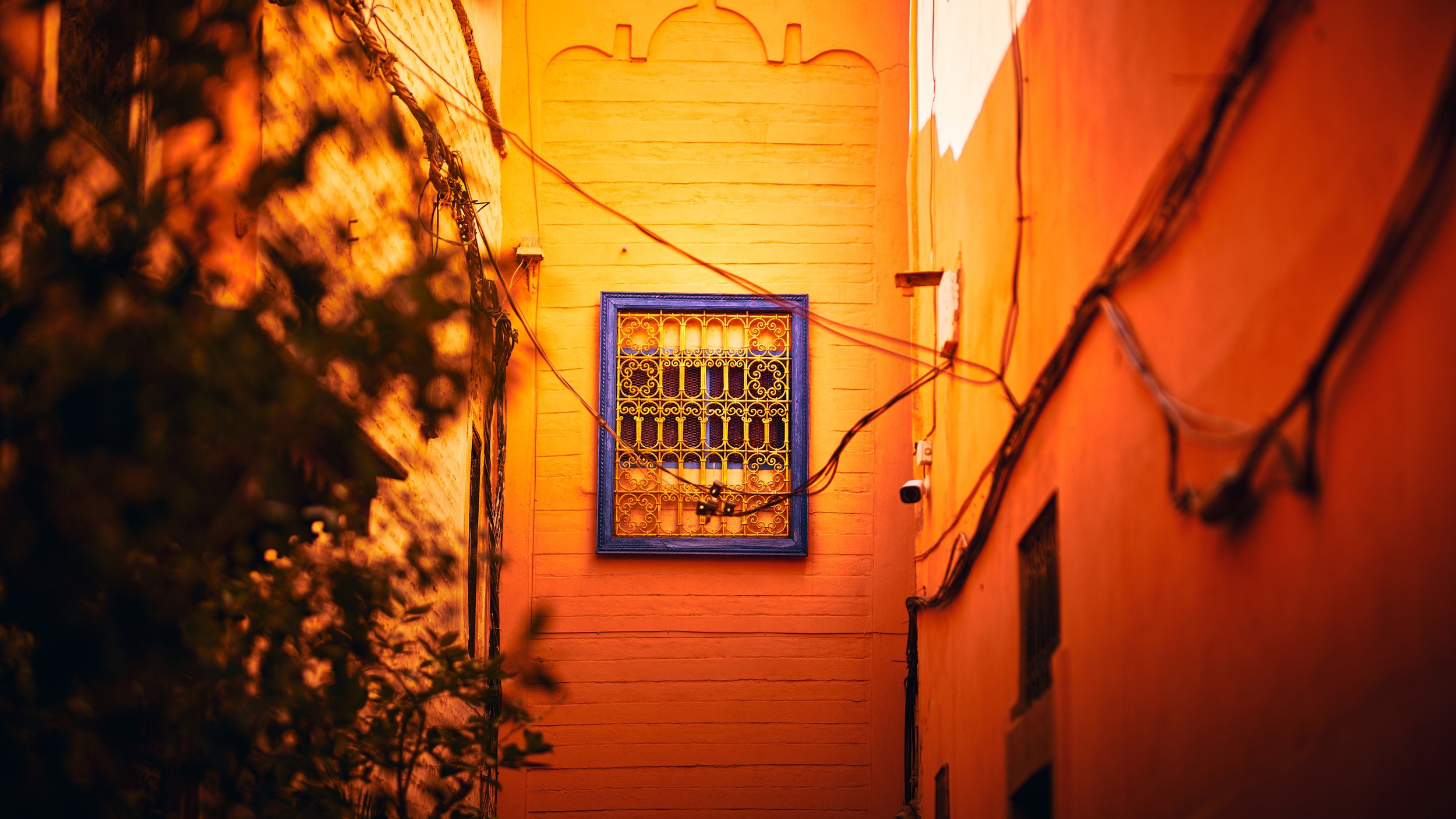











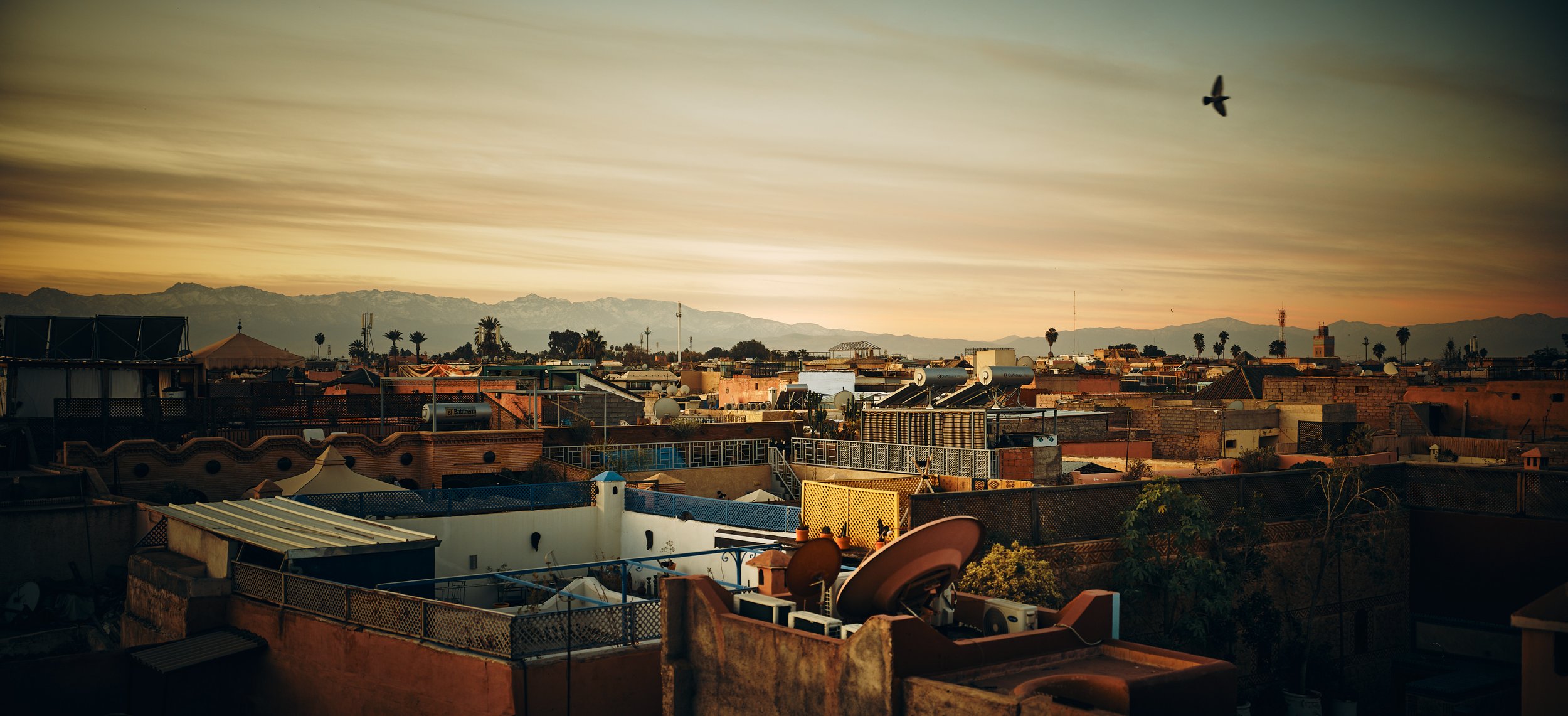


























































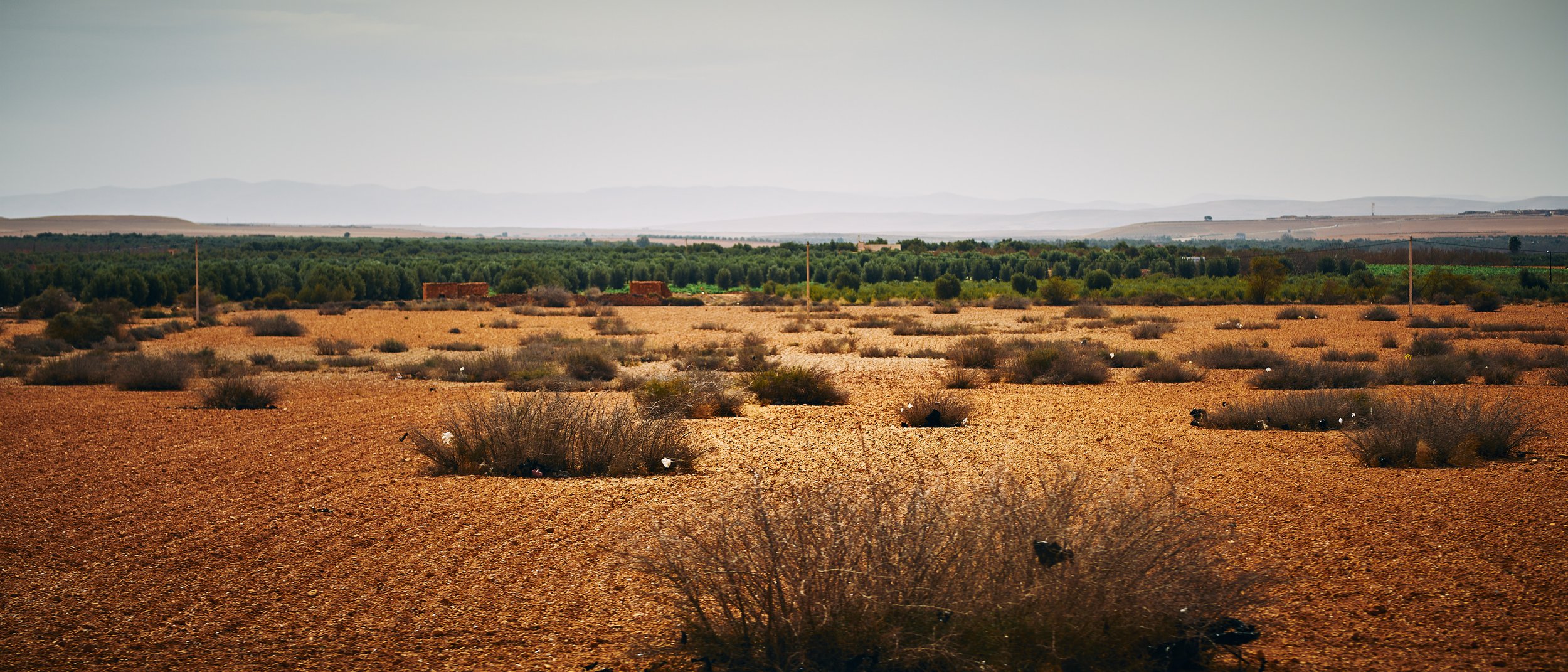




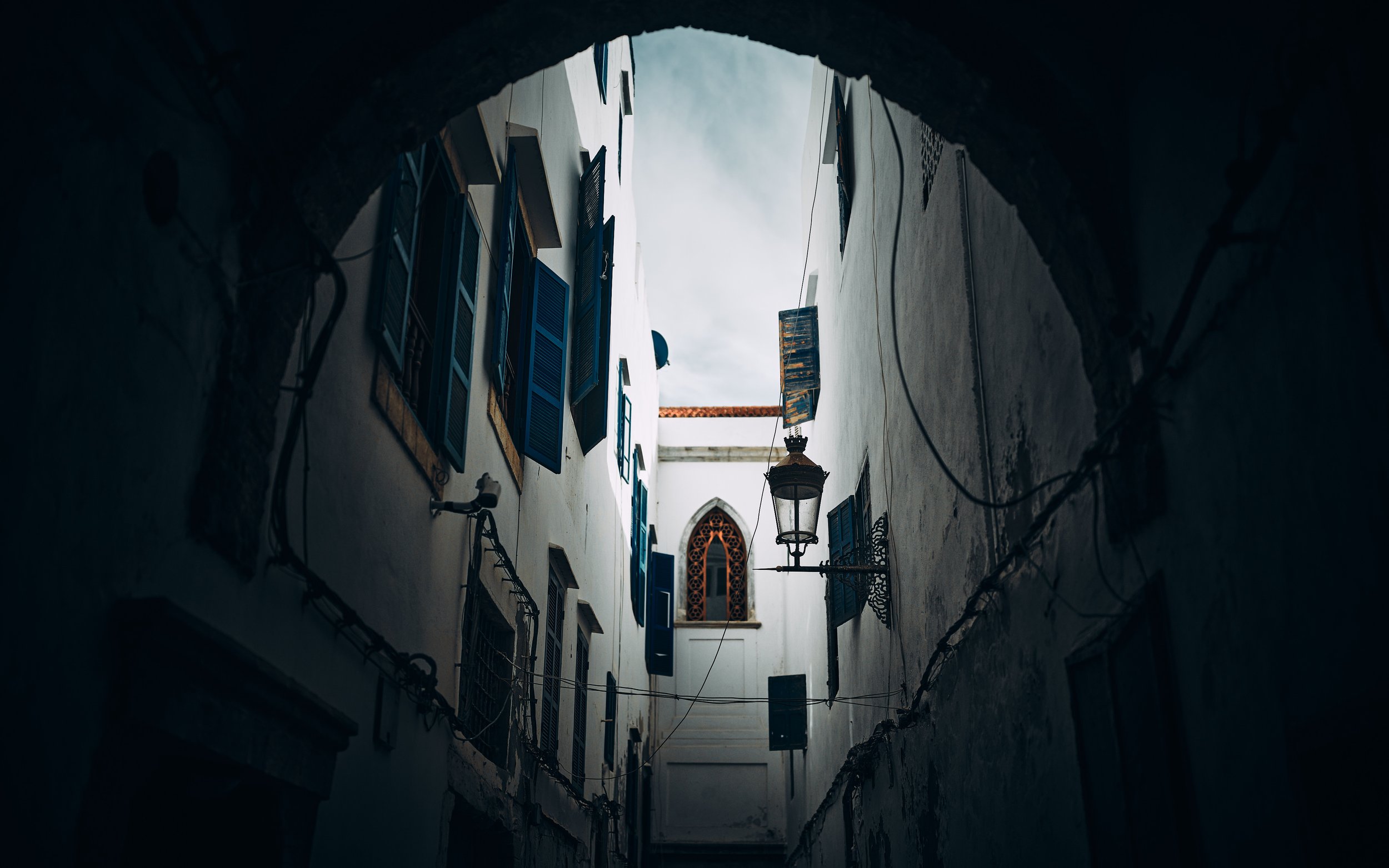











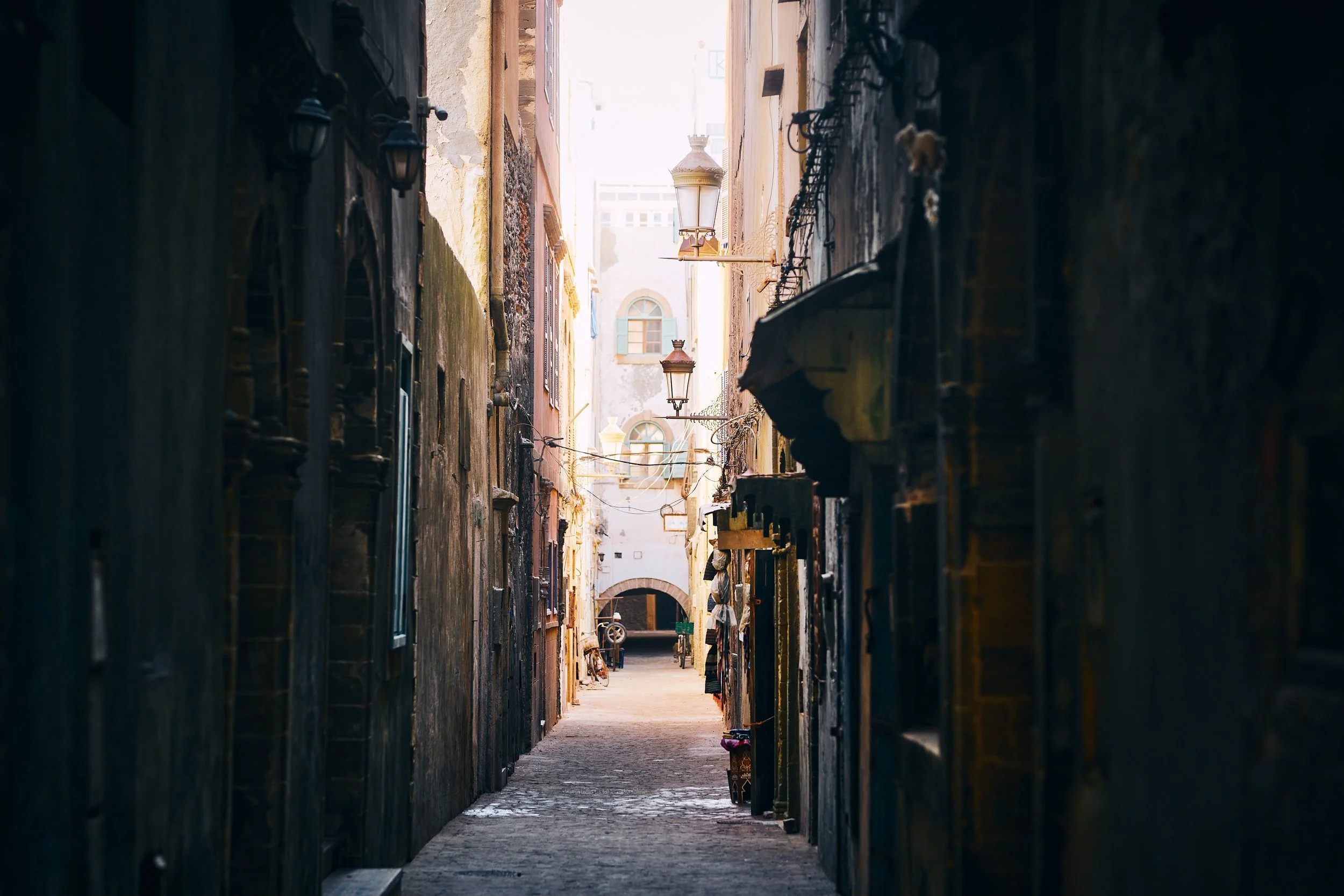















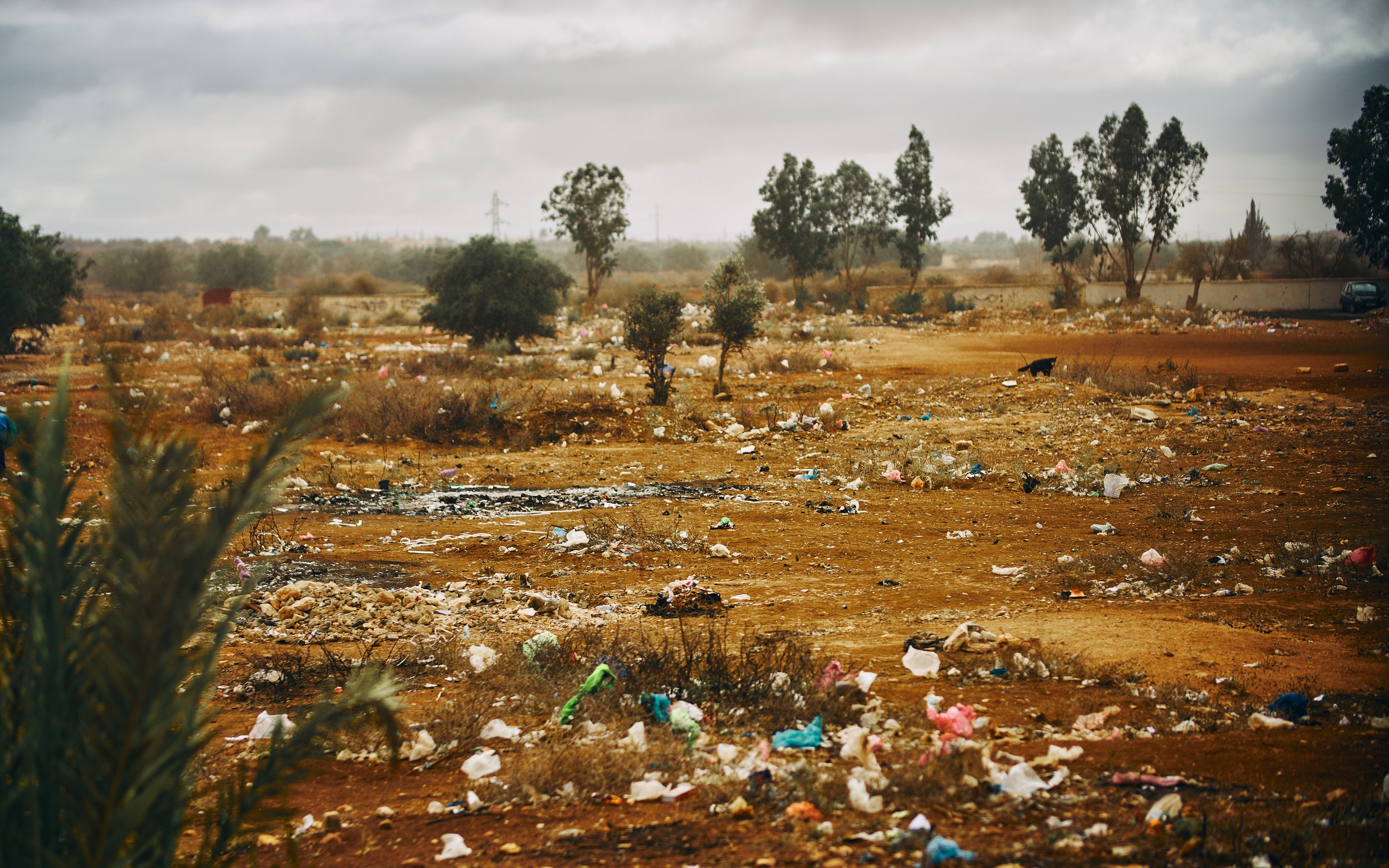





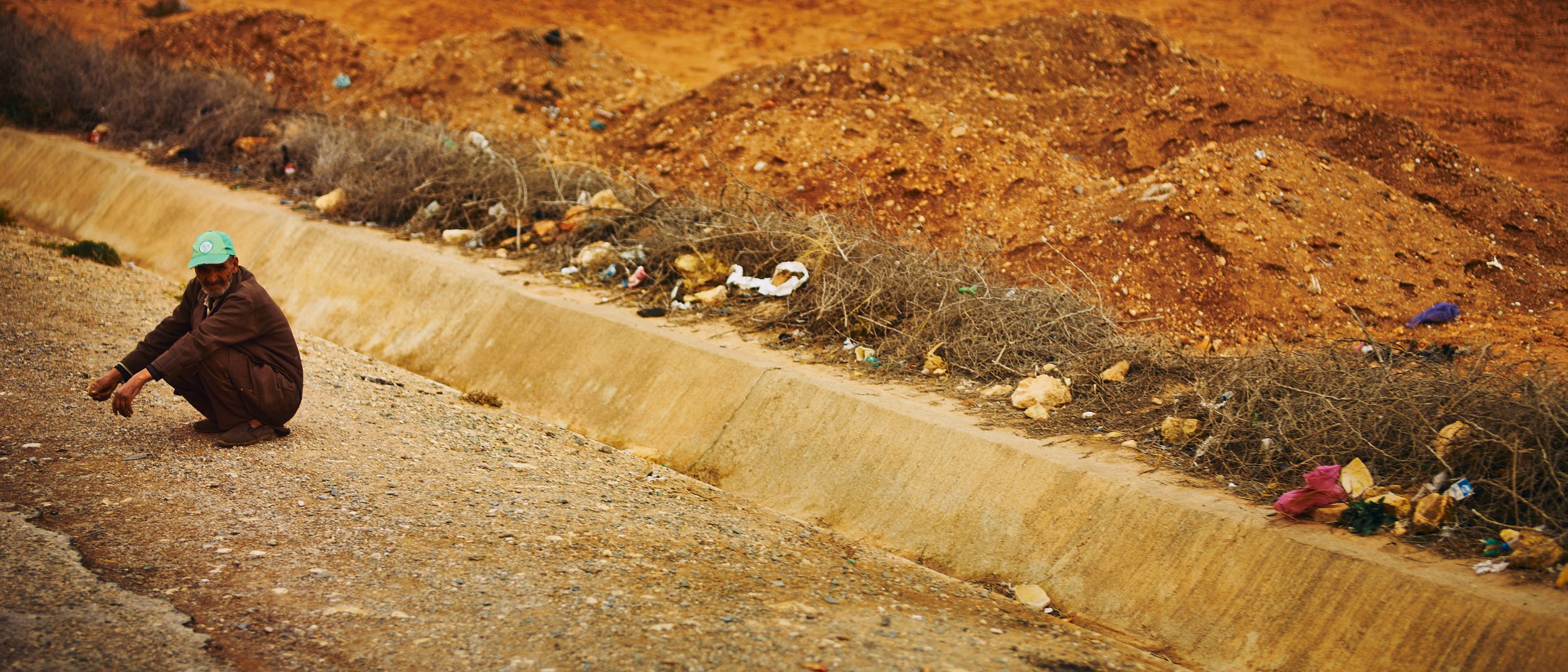











Second time in Morocco. A bunch of new stories and views. Some follow ups to “Soil 2.0” I introduced in my first trip. A bit different week this time, more focused on pains exploration, talks with people and my family.
[ Marrakesh & Morocco, early 2025, Nikon D850 & Fuji GFX 100S ]

At first I thought of it as something so different, from the other world. Seeing "our" driver slowing down in a middle of the day and silently praying. Seamlessly, with focus on both the way and a prayer.
[ Madrasa Ben Youssef in Marrakesh ]

Surprised at first I then realised it's different yet similar in some way to our habits. I for example usually make a simple cross sign starting a longer car trip while behind the wheel. For them, Moroccans it's a routine, 5 times a day. In connection with rhythm of the sun and rhythm of life. Either way It's a sign wherever we live we may have a lot in common.

To have a chance in this a bit barren, dry land You need a lot of work, a lot of trust, and reliance. A single family may be too little to have a substantial strength advantage.
[ beautiful Plateau De Kik, on few next photos too ]

Maybe that's because there used to be a lot of clans here, having their own regions of the land assigned to them. Guaranteeing its members, new born sons or daughters parts of it. Guaranteeing safety and support. Guaranteeing stability. It was a law of these lands back in the days. Strength by community.

It's no longer that strict, and no longer so formulated in law. Yet not all is lost. Times are changing but bonds keep us always together. And that affiliation can still be seen and heard of in different parts of Morocco.

[ Ourika Valley, a lovely place to trek and then spend some time resting by the Ourika River; this and few following photos ]

There are different stereotypes and reasons why people beg. It's usually connected with poverty or is a conscious decision about how to "make money" [ which btw. still relates to ones being poor ].

But it can also be an addiction. There is a small story about an old Moroccan lady, being a beggar for her whole life. After she died in her old days, her home was inspected by officials. What the found was a mass of coins, some from 70's, accumulated over the years. I may started as something different, but ended as a way of life, something stable, something worthy and positive. I believe so.

What is needed to be free? Berbers know it from ages. Land, family, water. 3 pieces to be really free.
[ Berber sign drawn on the Atlas soil ]

And their sign, one You can find on their flag represents that freedom. Land, family, water, so simple and so powerful.

[ road N8 cities and landscapes, in oceans, Essaouira direction, few prior and following photos along the way ]

Countries growth happening along different moments in our civilization may result in varying paths and "costs". I did a separate piece on that, called "flowers of growth" - check it out here LINK.

[ Essaouira, white city full of blue shutters, seaguls and different, sea side, spacious vibe ]

Red for central rocky and mountainous areas, blue for north parts of Morocco. And white one for these cities up west, by the Atlantic Ocean. Wonderfull approach of defined colors of building walls.

Why is it that in some countries it's so natural to agree on rules, and in others it's a constant fight for uniqueness, messing up any style, any rhythm. Oh well, it's definitely great to come from that "random" approach country and see other way. Would be interesting to see how they would react to our polish "mess".

We learn along our lives that there are some bad people around us. Some "bad" nations, some 'bad" religions. And that they are our enemy [ and Muslims are a great example for that in my country ].

The longer I breathe our's earth air, the more I thing there is a common reason for that rage. Rage resulting in wars, assassinations, bombings, killing etc. I believe that all of that may be because they were just... hurt. Hurt by history, by poverty, by invasions, by manipulation, by "disconnection" & that "social internet". And sooner or later we understand that pain and that frustration, the sooner that hurt people may cease to be our enemies.

Why these red colors You ask? Don't know everything but I'm sure reasons are varied. For one, red houses in central regions, with Marrakech as great example were selected that way to be as little visible as possible in this mountainous, rocky landscape. In times of constant tensions and open conflicts that camouflage definitely added a bit of protection.